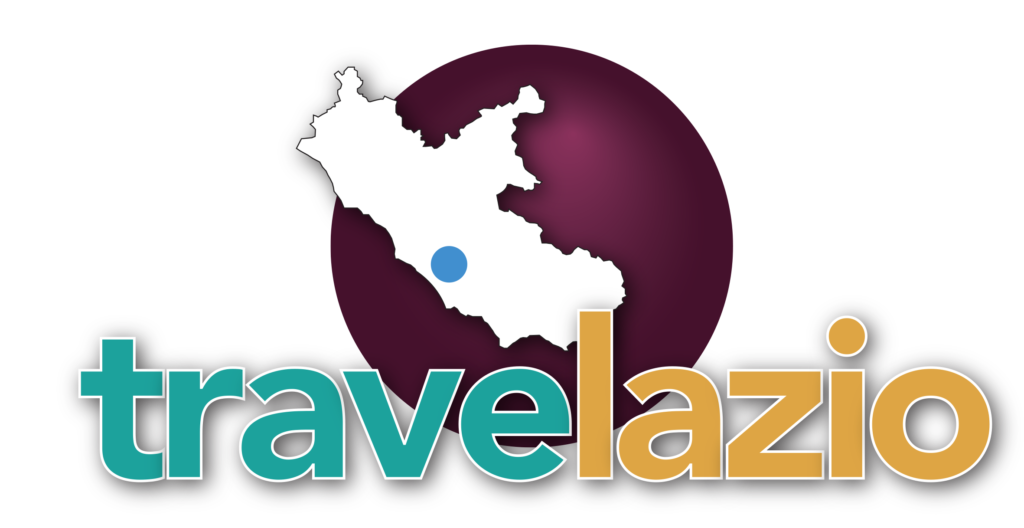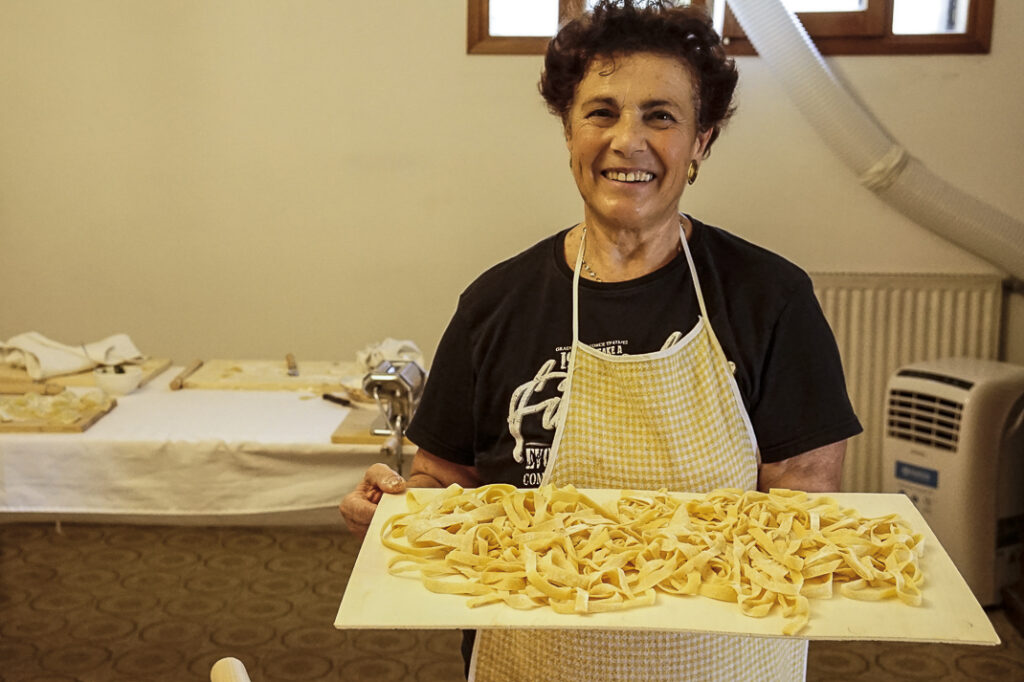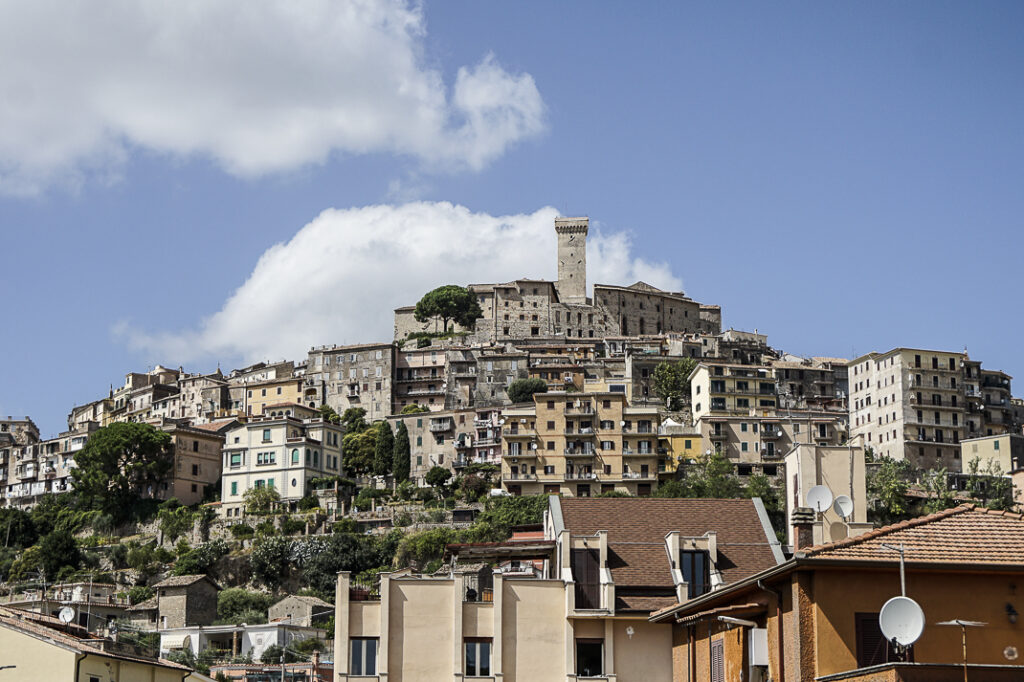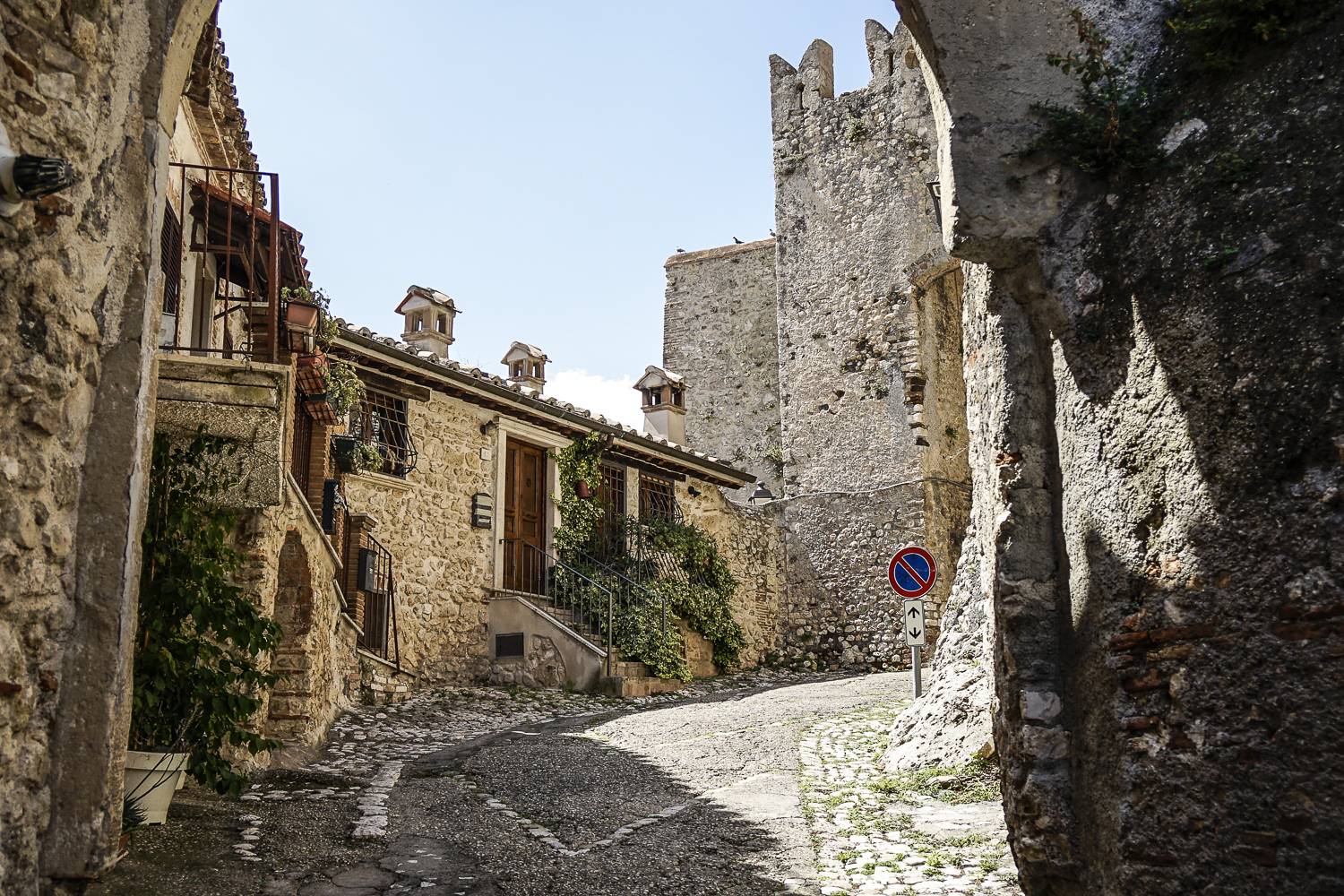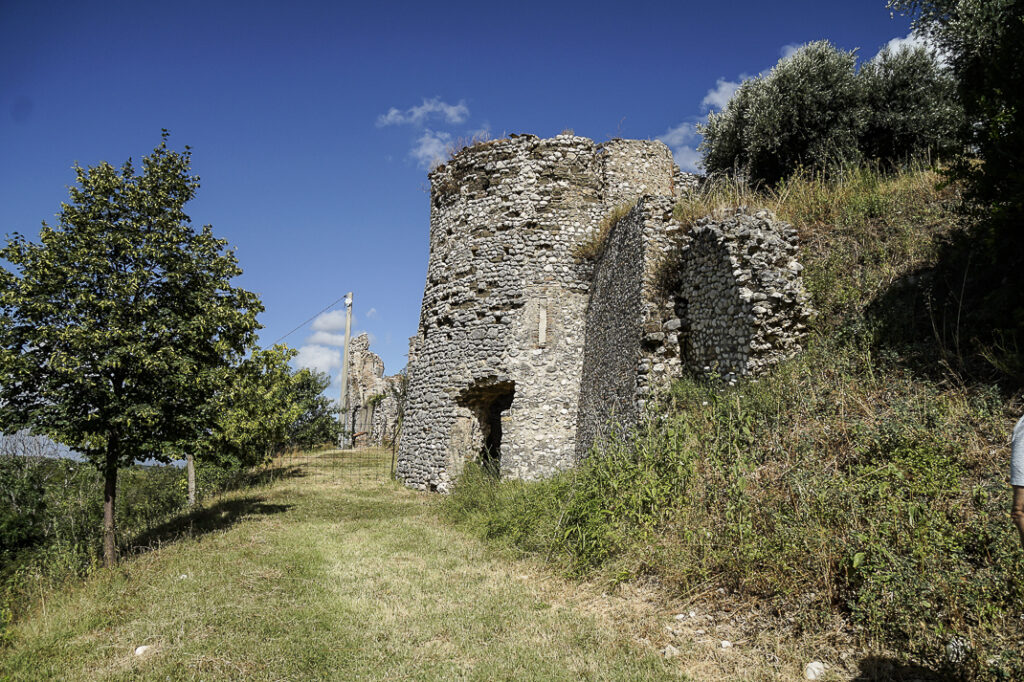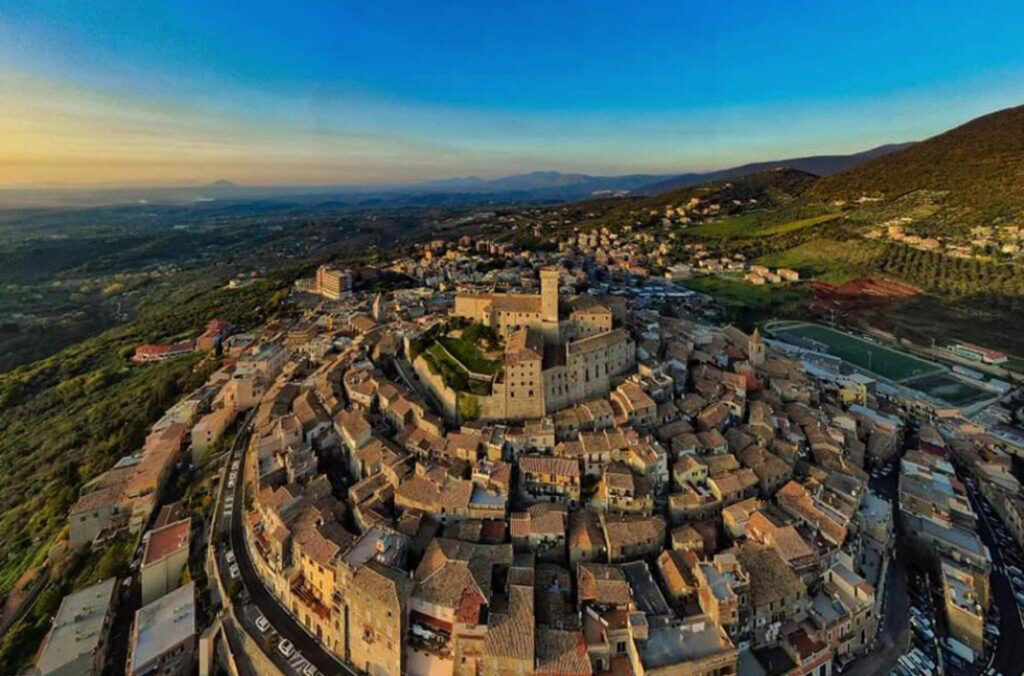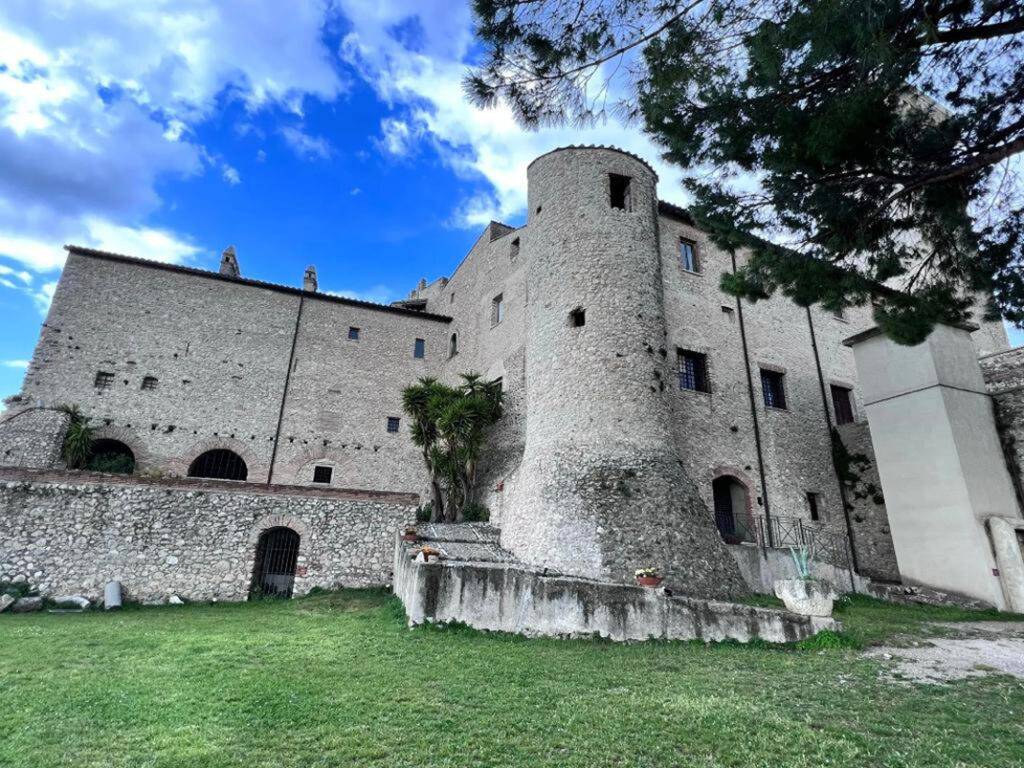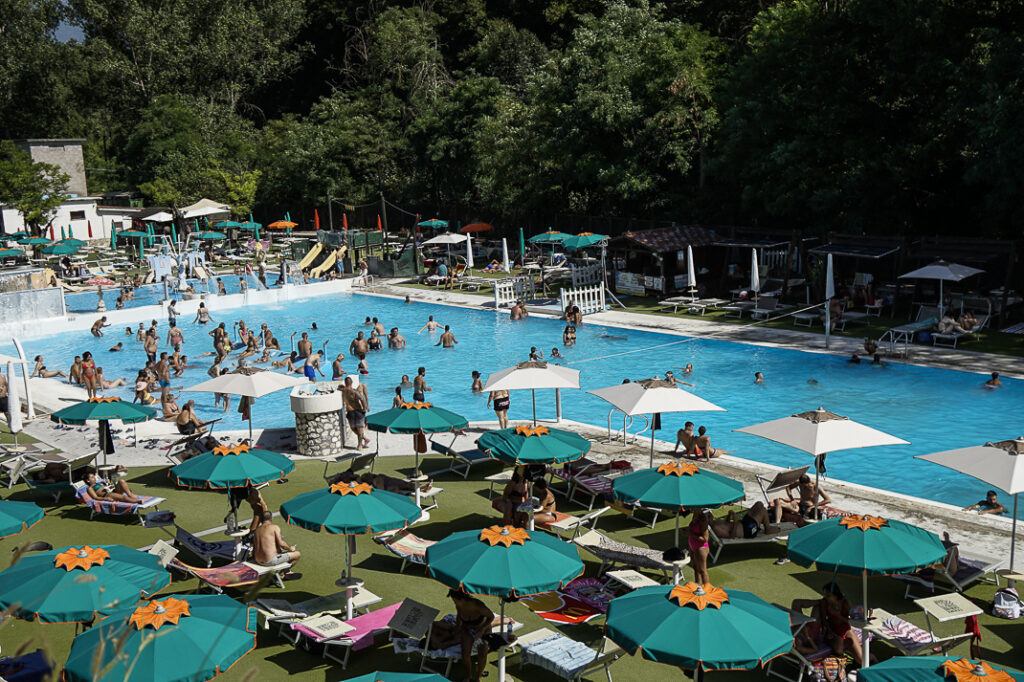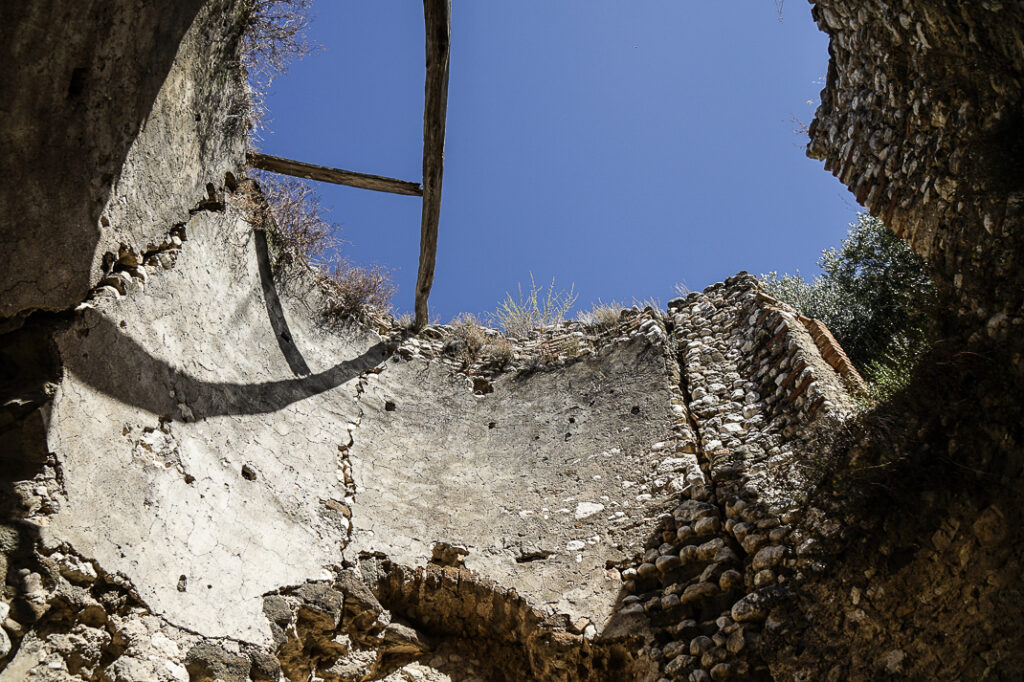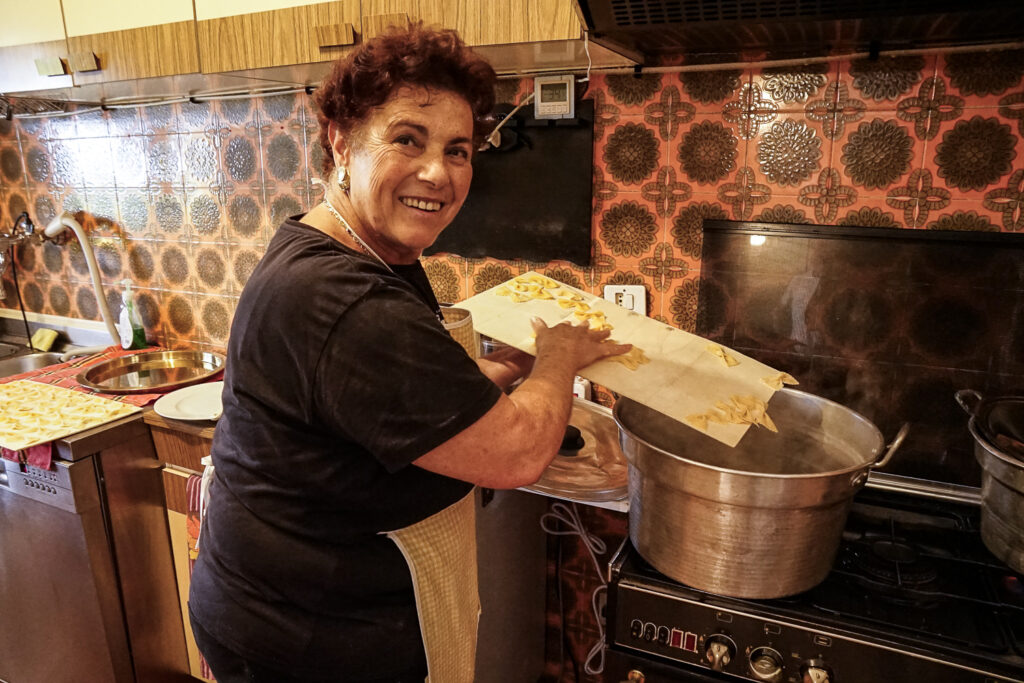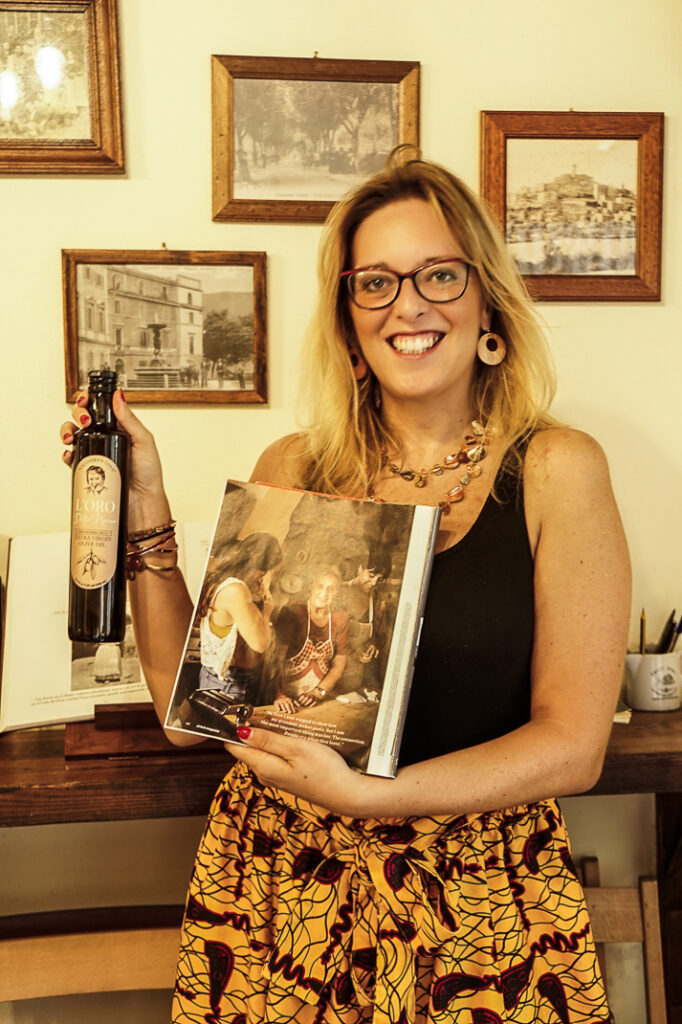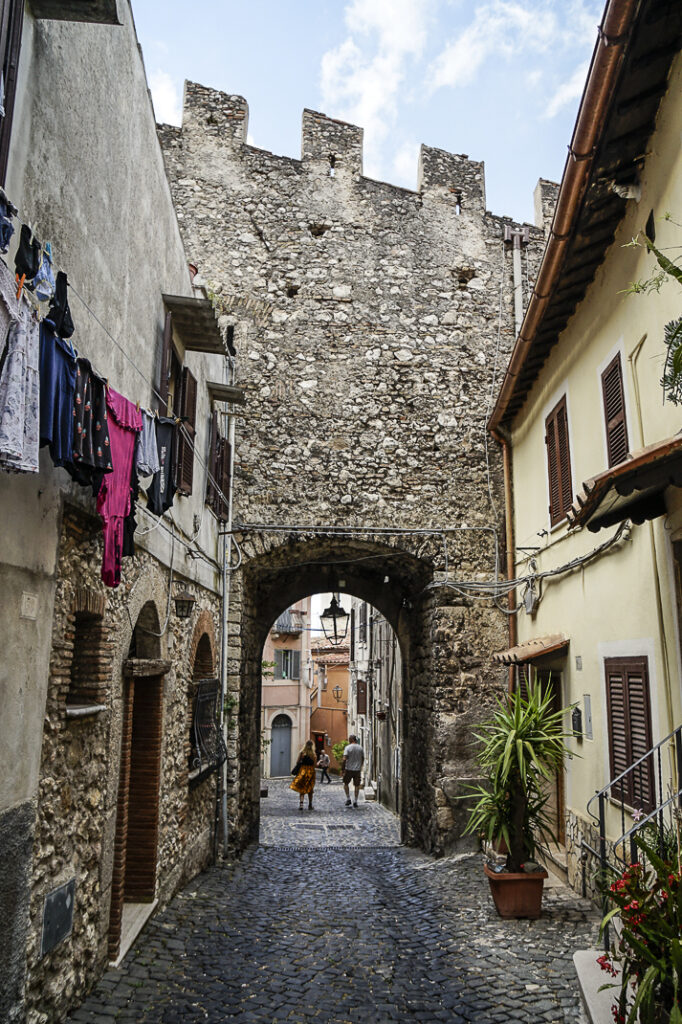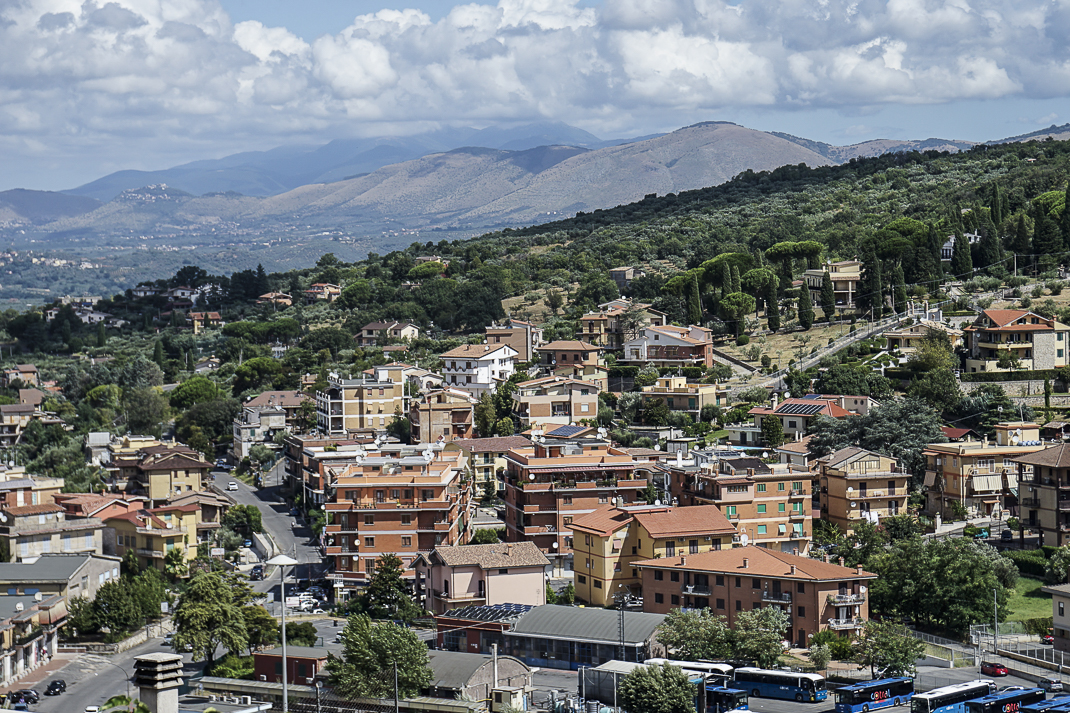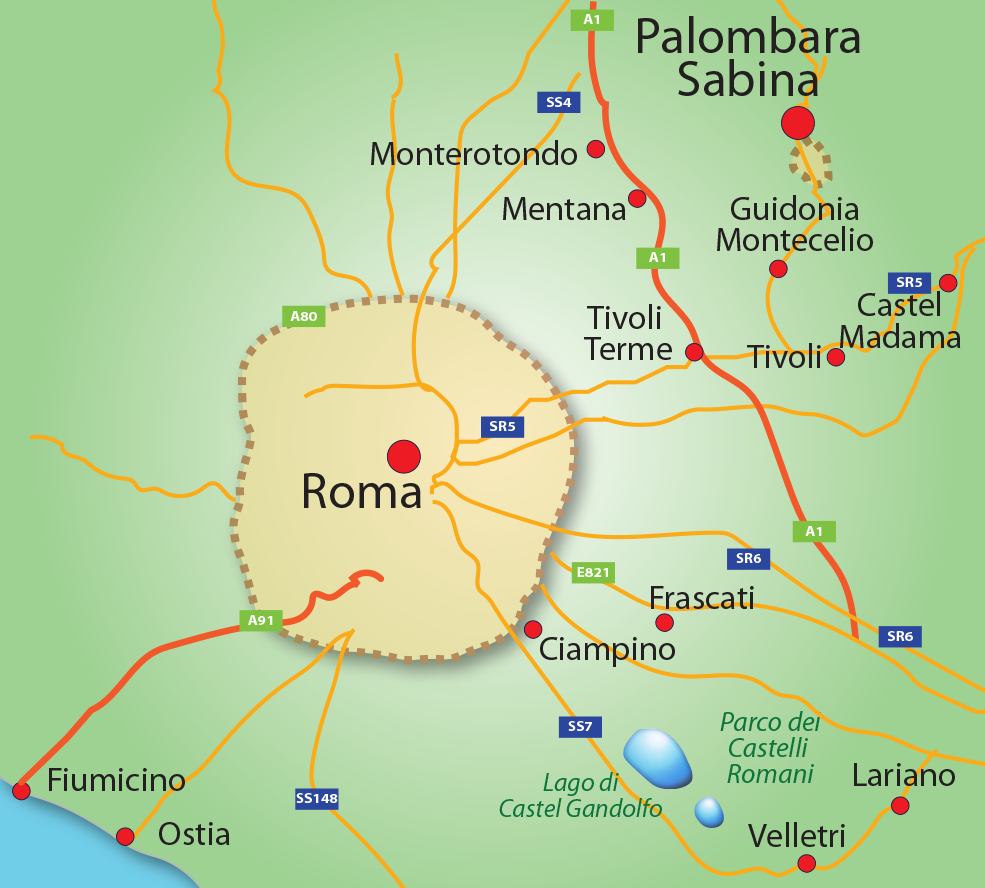Palombara Sabina: Make pasta in shadow of 11th century castle
This hilltop village has a little bit of everything for a full day trip. It has an 11th century castle atop the hill to explore (and if you have a lot of time and a commitment on your hands you can get married there.)
It has an interesting ghost town on the outskirts, a cute, little historic district and, on a hot day, a sprawling thermal pool complex. For a taste of true Italian culture, you can learn the dying art of making pasta by hand.
Palombara Sabina (pop. 12,000), 25 miles (46 kilometers) northeast of Rome, sits in a beautiful location at the foot of the Lucretili, the foothills of the Apennine Mountains. The town dates back to the 8th century when it was called Palumba. In the 11th century it belonged to the fief of Duke Alberico.
In 1279 the Savellis took over and put the castle in their name. They sold it to the famed Borghese family in 1600. It later was a site of Giuseppe Garibaldi’s liberation campaign in 1867.
Things to do
1 • Castello Savelli. You can’t miss it. Its watchtower can be seen from all over the valley. Located at the top of the town after a short walk up a steep, windy, narrow road, it dates back to the 11th century.
Giovanni dei Crescenzi Ottaviani, the Count of Sabina, owned it before passing it on to Luca Savelli, the nephew of Pope Honorius III in 1250. Rebuilt in the 16th century, it’s in active use. It features a library, a natural science museum and an exhibition of Roman statues.
It’s popular for weddings and the town has an annual wine festival inside. The castle consists of 100 rooms and from the watchtower you can see all the way to Rome.
Info: Via Franco Pompili, 39-07-74-636-462, https://www.comune.palombarasabina.rm.it/vivere-la-citta/2066-castello-savelli/, 10 a.m-noon, 3-5 p.m. Saturday-Sunday. Reservations required.
2 • Terme Sabine di Cretone. This is one of the biggest swimming complexes in Lazio. On the western outskirts of the town at the foot of a towering forest, the terme opened in 1970 and expanded to three pools in 1984.
One pool is reserved for children. The water, rich in salts and sulfur, comes from the original spring that has been around for 2,000 years and is kept at 24 degrees celsius (75 Fahrenheit). About 250 umbrellas and lounge chairs surround the pools for sunbathing.
Info: Via dell’Acqua Solfurea, 39-08-74-615-100, https://www.comune.palombarasabina.rm.it/vivere-la-citta/2066-castello-savelli/,
9 a.m.-6:30 p.m., €13. The train from Fiumicino Airport to Orte stops at Pianabella di Montelibretti. A bus goes the six kilometers to a stop 300 meters from the terme.
3 • Rovine di Stazzano Vecchio. If you have a car, stop here on the way to Palombara.
It’s a ghost town that was a thriving village as far back as the 10th century. It was built around a castle that was passed on to the Borgheses in the 16th century but an earthquake in 1901 nearly destroyed the town.
Left is part of the castle’s tower stretching 100 feet in the air and big stone squares with hallowed-out windows. Three stone walls look like part of a large dwelling.
Info: The town is at the end of a narrow, gravel road with a few divots. It’s about 10 minutes off the main road of Via Stazzano Vecchio.
Pasta With Grandma
Tramping around a ghost town and hiking up to a castle will give you an appetite. If you want to combine great Italian food with grass-roots Italian culture, consider taking a class on making pasta by hand.
Pasta With Grandma is a small company run by two young local women, Chiara Nicolanti and Chiara Leone. They have eight grandmothers living in Palombara who give demonstrations on pasta making.
Tourists take part in making farfalle (bow tie) and fettuccine with the grandmother instructing along the way. The grandmother makes ravioli and when the 2 1/2-3-hour lesson is over, they eat fettuccine with tomato sauce, ravioli filled with ricotta and spinach and covered in butter and sage and farfalle with pesto.
Making pasta by hand is a dying art. Only grandmothers who were around in World War II make it much anymore. “We forgot how to make things on our own,” Chiara Leone said. “We use a lot of tools and pasta makers. You don’t really build anything with your hands. I see them get super excited: ‘I really made this? I can’t believe it!’ Plus, it’s something you can do for your family when you get home, for your friends. You can make pasta for yourself.”
Info: Reservations required at http://nonnalive.com/, through AirBnB’s website under Experiences or chiara.leone@nonnalive.com.
€95 per person or €500 total for up to six people. Includes welcome drink and aperitivo before the lesson. Total experience is about five hours.
Where to eat:
Ristorante dai Cesari, Via Giovanni XXIII, 3, 39-377-467-3403/377-467-3426, 12:30-3:30 p.m., 8-11 p.m.
At the bottom of the town with an outdoor patio surrounded by forested hills, the 1-year-old restaurant features local pasta such as casarelle and fish dishes.
Try the risotto in shrimp and lemon sauce. I paid €42 for two, including wine.
For more information:
Comune di Palombara Sabina, Piazza Vittorio Veneto 12, 39-07-74-636 411, https://comune.palombarasabina.rm.it/contatti/2083-contatti/,

